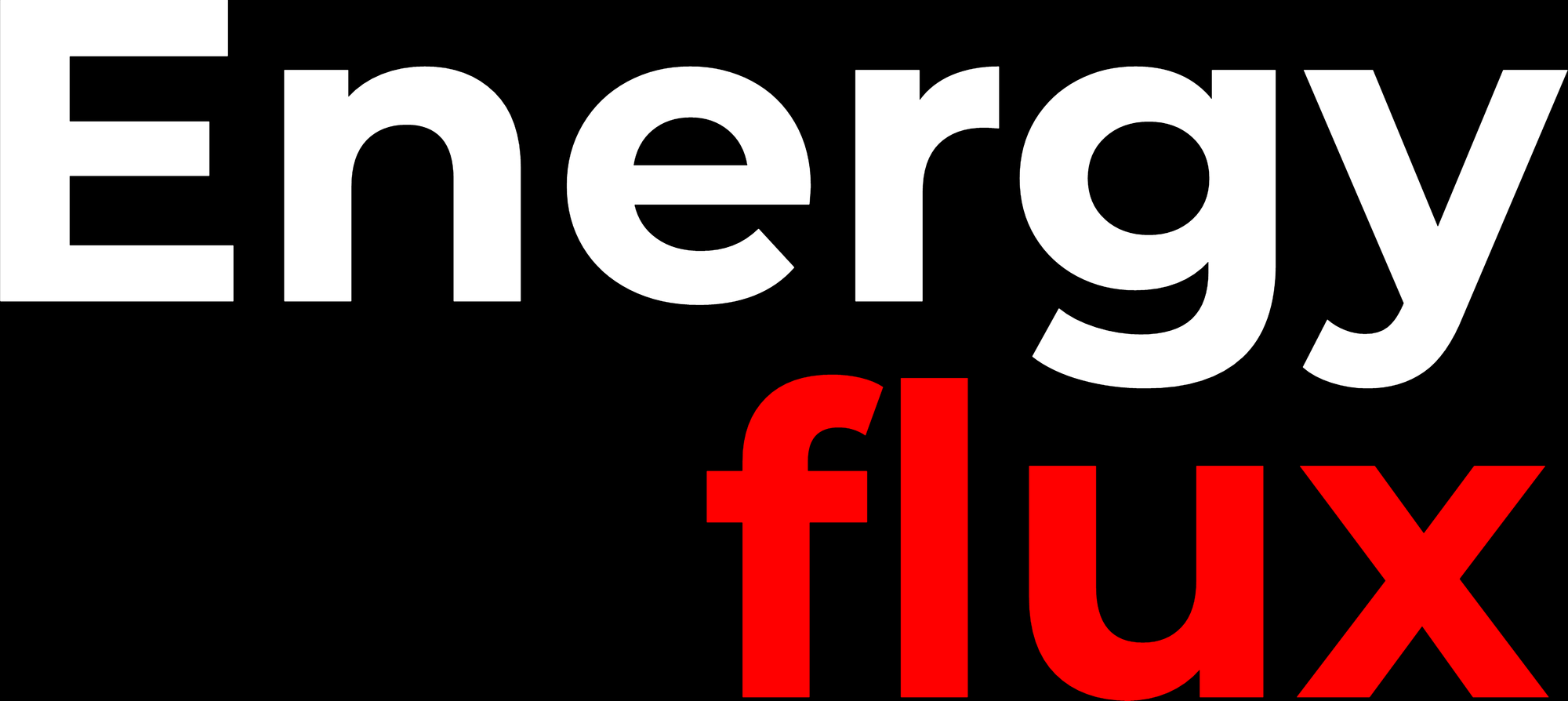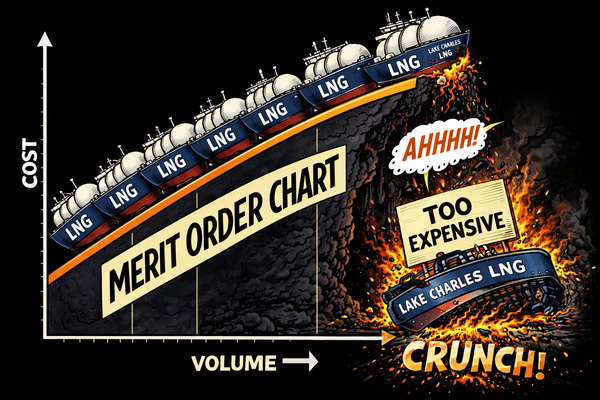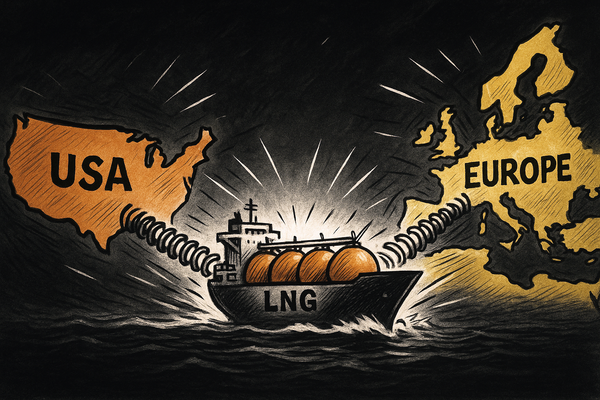Lipstick, meet pig: US frackers’ hopeless ESG beauty parade won’t wash with investors
American shale oil producers are unleashing a torrent of ESG obfuscation on capital markets in a desperate pitch to green investors. It is destined to fail.


Member discussion: Lipstick, meet pig: US frackers’ hopeless ESG beauty parade won’t wash with investors
Read what members are saying. Subscribe to join the conversation.





